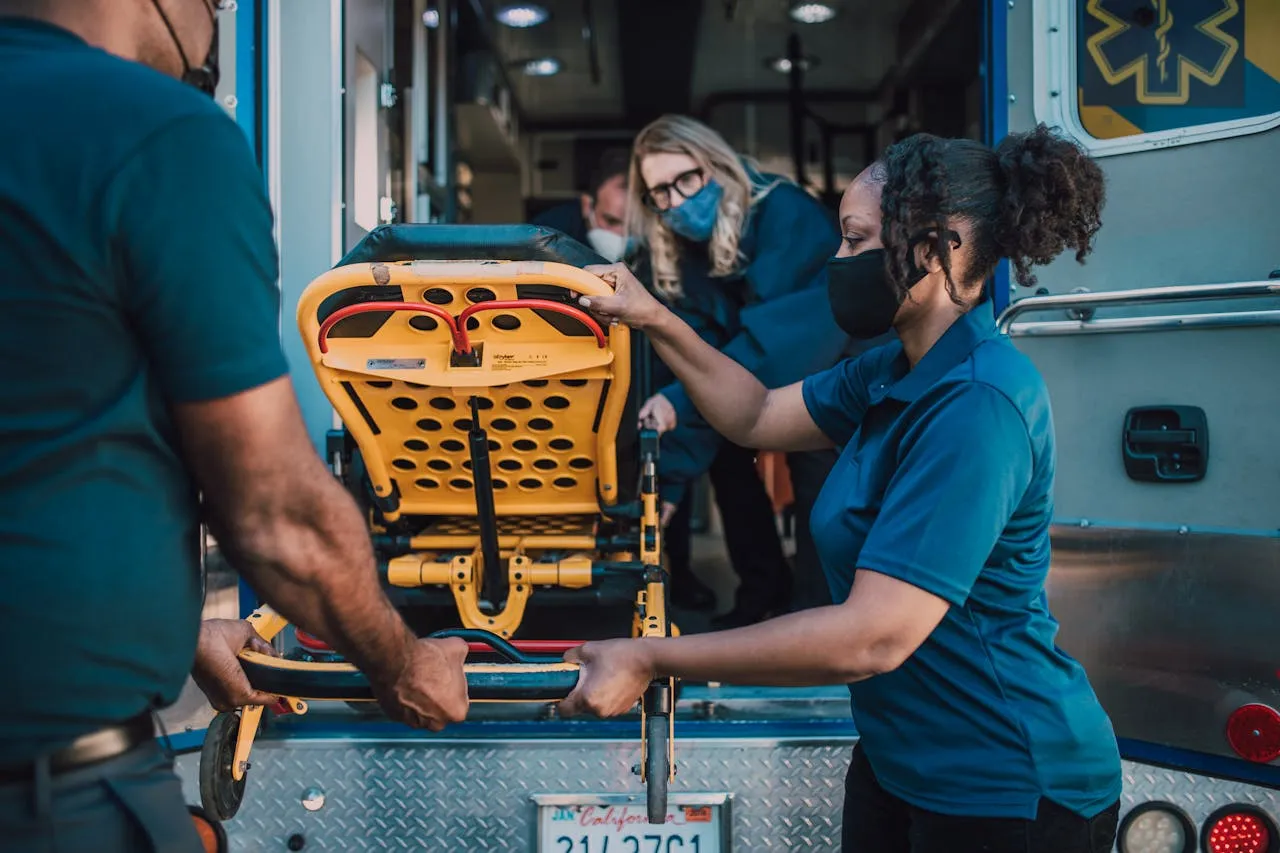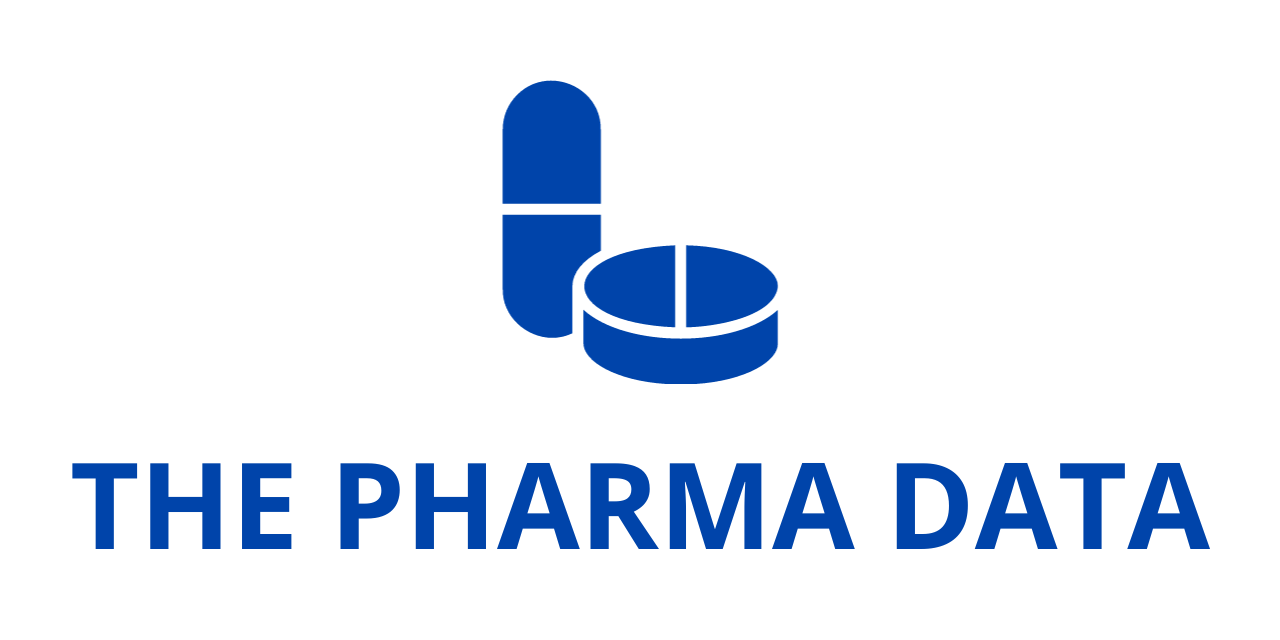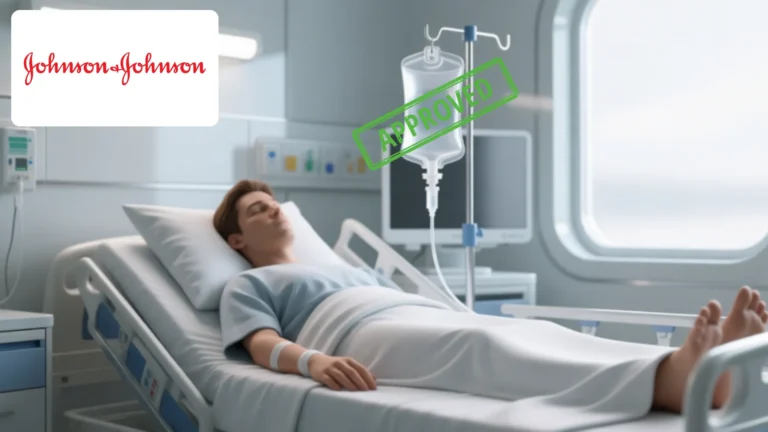
WHO Advances Global Chemical Hazard Preparedness with New Comprehensive Online Training Series
In a recent address to the Seventy-eighth World Health Assembly, Dr. Tedros Adhanom Ghebreyesus, Director-General of the World Health Organization (WHO), brought critical attention to an often-overlooked public health threat: environmental factors, particularly chemicals, waste, and pollution. Highlighting the profound impact of these hazards, Dr. Tedros noted that approximately 24% of all global fatalities are linked to modifiable environmental causes. This staggering statistic underscores the urgent need for enhanced efforts worldwide to reduce exposure to harmful chemicals and pollutants, which pose serious risks to human health and well-being.
Environmental Health Challenges and Disparities
Dr. Tedros’s report specifically addressed challenges faced by low- and middle-income countries (LMICs), where resources and infrastructure to manage chemical hazards are often limited. A key issue identified is the inadequate availability of poison control centers—facilities that provide essential toxicological expertise and emergency support. More than half of the world’s countries lack such centers, creating a significant gap in timely and effective poison management services. Furthermore, many nations suffer from insufficient health surveillance systems to monitor the impact of chemical exposures, making it difficult to detect, prevent, and respond to chemical-related health crises in a coordinated manner.
Beyond infrastructure deficits, another major challenge lies in the vast array of chemicals present in everyday life. There are over 100,000 chemicals actively used in commerce worldwide, yet for many of these substances, comprehensive information on their toxicological properties remains incomplete or unavailable. This lack of data hampers the ability of authorities and health professionals to accurately assess risks and formulate appropriate responses when chemical spills, leaks, or accidents occur.
The Need for Enhanced Training and Preparedness
Recognizing these global challenges, WHO has taken a proactive role in strengthening the capacity of health professionals, emergency responders, and other technical personnel responsible for chemical incident management. Effective response to chemical hazards requires specialized knowledge and skills that span the entire continuum—from initial incident recognition to victim treatment and recovery.
To meet this need, WHO has developed a new, in-depth online learning series focused on chemical hazards. This series is designed to build foundational knowledge, enhance practical skills, and improve coordinated response capabilities among diverse stakeholders involved in chemical safety and health protection.
Overview of the WHO Chemical Hazards Online Learning Series
The online training program is structured into four comprehensive parts, each targeting specific competencies critical to managing chemical hazards safely and effectively. The courses are freely accessible on the WHO Academy platform, making them widely available to professionals across all regions, particularly benefiting those in resource-limited settings.
Part I: An Introduction to Chemical Hazards
The first module serves as a fundamental primer on chemical hazards. It distinguishes between the numerous chemicals commonly encountered in daily life and more specialized, high-risk substances such as chemical warfare agents (CWAs). The course also introduces toxic industrial chemicals (TICs)—chemicals manufactured and used in industries that, while essential for modern life, can be hazardous if released accidentally or intentionally.
Through a series of case studies and real-world examples, learners explore both accidental chemical releases, such as industrial spills, and intentional events like chemical terrorism. A notable feature of this module is the incorporation of an interactive digital tool that enables participants to simulate identification and mitigation strategies for various chemical threats. This hands-on experience is designed to enhance practical understanding and readiness for real incidents.
Part II: Elements for Assessment
Building upon the introductory knowledge, the second course focuses on developing assessment skills essential during the early stages of chemical incident investigation. Participants learn how to collect, recognize, and interpret various forms of evidence—environmental indicators, clinical symptoms, and chemical classification data—to accurately assess the nature and extent of a chemical release.
This module is particularly relevant for first responders, environmental health officers, and public health officials who play a critical role in rapid incident evaluation. The course emphasizes the importance of evidence-based decision-making to guide protective actions and prevent further harm to affected populations.
Part III: Immediate Actions at the Event Site
The third module centers on operational safety and tactical decision-making at the scene of a chemical incident. Responding effectively requires strict adherence to safety protocols to protect responders and bystanders alike, while also taking prompt measures to contain and control the hazard.
Learners are guided through scenarios illustrating best practices for arriving safely at the incident location, positioning personnel and equipment appropriately, and adjusting response actions as the situation evolves. The course highlights the dynamic nature of chemical emergencies and the need for flexible, informed judgment to ensure both safety and effectiveness.
Part IV: Response at the Hospital Site
Currently under development, the fourth and final module will address clinical management of chemical exposure victims upon arrival at healthcare facilities. This course will provide detailed guidance on standard operating procedures for triage, decontamination, and medical treatment tailored to various types of chemical injuries.
By focusing on hospital-based response, this module aims to improve outcomes for chemical incident survivors through timely and appropriate care. It will also incorporate best practices drawn from global experience and expert consensus to support health professionals in delivering high-quality clinical interventions.
Broader Implications and WHO’s Commitment
The introduction of this training series aligns with WHO’s broader agenda under the “Triple Billion” targets—ambitious goals to improve global health outcomes by expanding access to quality health services, strengthening health security, and advancing universal health coverage. Pillar 3 of this initiative emphasizes enabling one billion more people to enjoy better health and well-being, a vision that directly intersects with environmental health challenges.
Chemical hazards represent a significant, yet frequently underestimated, threat to health security worldwide. By equipping frontline workers and technical experts with the knowledge and tools to address these risks, WHO seeks to reduce preventable deaths, minimize health impacts, and enhance resilience against chemical emergencies.
Moreover, this effort complements WHO’s ongoing work to enhance global preparedness for chemical, biological, radiological, and nuclear (CBRN) threats. The integrated approach recognizes that many hazards overlap in their complexity and consequences, necessitating coordinated training, surveillance, and response systems.
Accessibility and Future Directions
WHO’s commitment to accessibility is evident in making the entire series available free of charge through the WHO Academy, an innovative digital learning platform designed to democratize access to high-quality health education worldwide. The platform supports self-paced learning, allowing users to progress through the courses in sequence for maximum comprehension and skill development.
Looking ahead, WHO plans to continuously update and expand the content based on emerging scientific evidence and lessons learned from chemical incidents globally. There is also potential to develop tailored versions of the training for specific regions or professional groups, further enhancing relevance and impact.
Chemical hazards continue to pose a pervasive threat to human health and environmental safety, with disproportionate effects in resource-limited settings. WHO’s new online chemical hazards learning series represents a crucial step toward empowering health professionals, responders, and policymakers to tackle these challenges more effectively.
By fostering improved knowledge, assessment, operational safety, and clinical management, this initiative aims to reduce the global burden of chemical-related harm and save lives. It is a vital contribution to global health security and an exemplar of WHO’s leadership in building safer, healthier communities worldwide.




